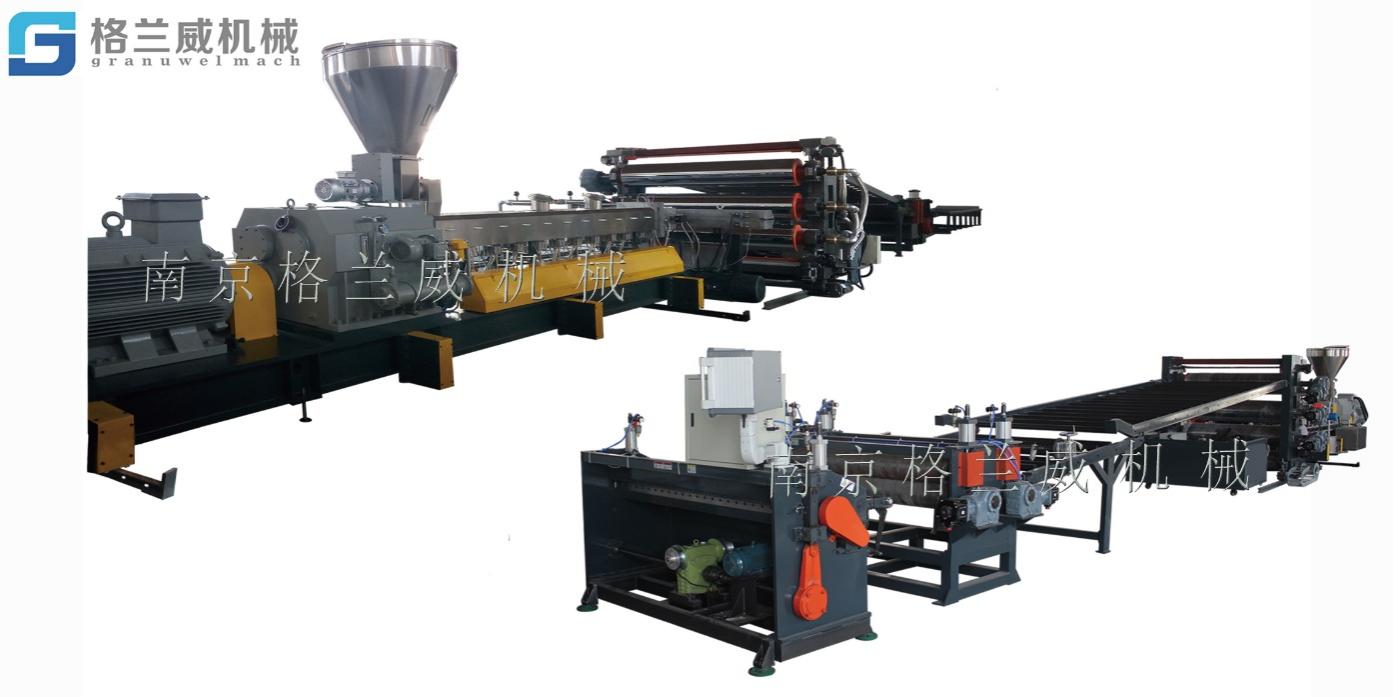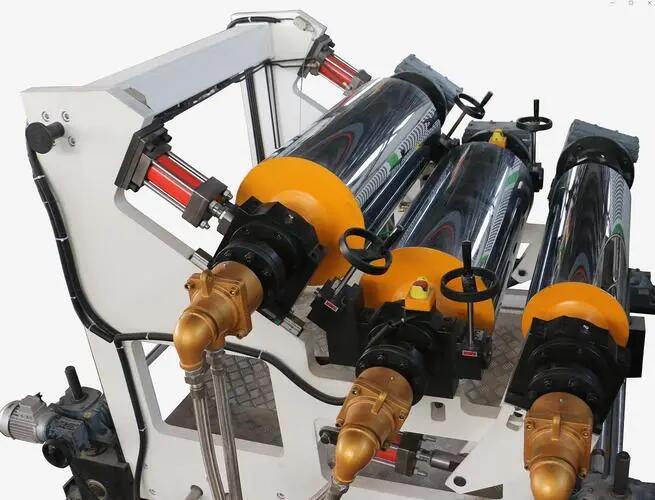Table of Contents
ToggleThe cause of viscosity drop of pet pellets caused by twin screw extruder machine
1. The main reason for the viscosity drop of PET (Polyethylene terephthalate) pellets caused by a twin screw extruder machine is primarily due to the intense shearing forces and high temperatures experienced during the extrusion process. When PET pellets are fed into a twin-screw extruder, they are subjected to mechanical shearing forces generated by the rotating screws and the tight clearance between the screws and barrel walls. Additionally, the high temperatures within the extruder melt the PET pellets, reducing their viscosity.

As the PET pellets undergo shearing and melting, the polymer chains break down, resulting in a decrease in viscosity. This reduction in viscosity facilitates the flow of the molten PET through the extruder and enhances its processability. However, it’s essential to control the extrusion parameters carefully to prevent excessive viscosity drop, which could lead to quality issues in the final product.
2. As PET materials are very absorbent, raw materials that are kept too long will contain water. In the process of material melting, the melt of PET will undergo hydrolysis reaction under the action of water, thus reducing the viscosity of PET.
How to solve this problem-viscosity drop of pet pellets caused by twin screw extruder machine?
To address the issue of viscosity drop of PET pellets caused by a twin screw extruder machine, several steps can be taken:

- Vacuum pumping method:as to the barrel of the twin-screw extruder is closed when there is melt, the residual water in the melt can be extracted by the negative pressure vacuum system, and PET will not be hydrolyzed, thus maintaining a high viscosity. Usually PET twin-screw extruders have at least two barrels for vacuum, using high-power water ring vacuum pump or Roots vacuum pump, and the vacuum degree should be above -0.09MPa.
- Optimize Processing Parameters: Adjusting the extrusion temperature, screw speed, and residence time within the twin screw extruder machine can help control the viscosity drop. Optimizing these parameters can minimize excessive shearing and thermal degradation of the PET polymer chains.
- Use Additives: Incorporating additives such as chain extenders, antioxidants, and viscosity modifiers into the PET formulation can help stabilize the polymer chains and mitigate viscosity reduction during extrusion.
- Cooling: Implementing cooling zones along the twin screw extruder machine barrel or using cooling systems can help regulate the temperature profile within the extruder. This can prevent overheating of the PET melt, which contributes to viscosity drop.
- Screw Design: Utilizing specialized screw designs, such as barrier screws or vented screws, can improve mixing efficiency and reduce shear rates, thereby minimizing viscosity drop.
- Quality Control: Monitoring key process parameters during extrusion, such as melt temperature, pressure, and screw torque, enables real-time adjustments to prevent excessive viscosity reduction.
- Material Selection: Using PET pellets with appropriate molecular weight distribution and thermal stability can mitigate viscosity drop during extrusion.
- Post-Processing: Employing post-extrusion treatments such as annealing or conditioning can help restore viscosity and improve the properties of the extruded PET material.
By implementing these strategies, manufacturers can effectively mitigate the viscosity drop of PET pellets during twin-screw extrusion, ensuring the production of high-quality extruded products.
About recycling PET flakes to PET granules or PET sheet twin screw extruder machine supplier- Granuwel
Granuwel has been dedicated to the twin-screw extrusion industry for many years, with rich experience. We offer the most competitive prices and highest quality recycling PET flakes to PET granules or PET sheet twin-screw extruders to you. Welcome to inquire with us.
OUR PRODUCTS
